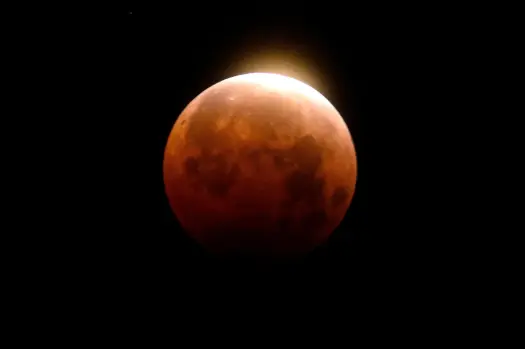If you’re gazing up at the night sky wondering, “What’s up with the moon tonight?”, you’re not alone. Skywatchers around the globe are captivated by the Moon’s ever-changing phases, and tonight’s moon promises another stunning display.
Whether you’re a casual stargazer or a seasoned astronomer, this guide will tell you everything you need to know about tonight’s Moon phase, when to watch, where to look, and why it matters. Plus, we’ll highlight some fascinating facts and tips to elevate your lunar viewing experience.
What Phase Is the Moon Tonight?
As of May 13, 2025, the Moon is in its Waning Gibbous phase apple earnings report past the Full Moon. This means it still appears mostly full in the sky but is gradually decreasing in illumination each night.
-
Illumination: Approximately 99.9%
-
Phase: Waning Gibbous
-
Next major phase: Last Quarter Moon on May 15, 2025
This phase occurs just after the peak of the Full Moon and continues until the Moon reaches its third quarter. While slightly less bright, the Waning Gibbous Moon remains one of the best times to observe surface features, thanks to the shadows cast along its edges.
When & Where to Watch the Moon Tonight
Watching the Moon doesn’t require a telescope — just clear skies and the right timing. Here’s what you need to know:
| Location | Moonrise | Moonset |
Best Viewing Time
|
| Faisalabad, PK | 7:57 PM PKT | 12:28 AM PKT |
8:00 – 11:30 PM PKT
|
| New York, USA | 8:32 PM EDT | 6:11 AM EDT |
9:00 PM – Midnight
|
| London, UK | 9:08 PM BST | 6:45 AM BST |
9:30 PM – 1:00 AM
|
| Sydney, AUS | 4:55 PM AEST | 6:13 AM AEST |
5:30 PM – 9:00 PM
|
✅ Pro Tip: For the most vibrant view, try watching the Moon about 30 minutes after moonrise when it appears larger and more colorful due to the Earth’s atmosphere.
How to Enhance Your Viewing Experience
While you can enjoy the Moon with the naked eye, using a few tools can dramatically improve what you see:
🔹 Binoculars
Even basic binoculars reveal lunar craters and texture along the terminator line (the dividing line between light and dark).
🔹 Telescope
A telescope will open up a world of detail — including ridges, valleys, and lunar seas.
🔹 Photography Tip
Use a smartphone adapter for telescopes or a DSLR camera with a zoom lens. Set ISO to 100–200 and shutter speed around 1/250 for sharp results.
Bonus: Other Celestial Highlights Tonight
Besides the Moon tonight, the night sky is brimming with activity:
| Celestial Body | Visibility | Direction |
| Venus | After sunset | Western horizon |
| Mars | From late evening onward | Eastern sky |
| Jupiter | Late evening to morning | East-southeast |
| Saturn | Early morning hours | East |
🌌 Look near the Moon for bright stars or planets. They often appear in close conjunction, offering spectacular sights!
Why the Moon’s Phase Matters
Each Moon phase plays a significant role in lunar calendars, cultural beliefs, and scientific observations.
-
Tides: A Waning Gibbous phase still influences high and low tides, though less intensely than a Full or New Moon.
-
Agriculture: In some traditions, this phase marks the time for harvesting and clearing weeds.
-
Photography: Shadows from the lower sun angle highlight the Moon’s topography, making it ideal for lunar photography.
Did You Know? Fun Moon Facts
-
The Moon moves away from Earth at a rate of 3.8 cm per year.
-
It has no atmosphere, which means no weather or sound.
-
The same side of the Moon always faces Earth due to tidal locking.
-
The Moon’s gravity is 1/6th of Earth’s — perfect for astronauts bouncing around!
Upcoming Moon Phases – May 2025
| Date | Moon Phase |
| May 15 | Last Quarter |
| May 22 | New Moon |
| May 29 | First Quarter |
| June 6 | Full Moon |
🌕 Mark your calendar! The next Full Moon, known as the Strawberry Moon, occurs on June 6, 2025 — a must-watch event.
Where to Learn More
Want to dive deeper? Here are some authority resources for tracking and learning about the moon tonight:
Final Thoughts
Tonight’s Waning Gibbous Moon is more than just a pretty sight — it’s a gateway into the rhythms of our solar system. Whether you’re watching from your backyard or through a telescope, there’s something magical about connecting with the cosmos.





Leave a Reply